|
When racing you will find many opinions on set up, technique, and even what paint color is faster (blue is the fastest). How many of us remember what it was like just starting out? You will find just as many opinions on what to bring to your first race. I started racing RC in 1986, and I hope I have learned a few things during that time, even if not placing in the Worlds recently. Here I will offer some advice on basic "bare bones" upgrades, and a few tips that I feel are needed to minimally compete on today's tracks. CLass & Budget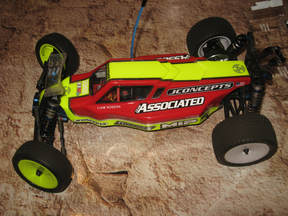 First, you need to decide what you can afford and what you would like to run. My recommendation has always been to buy the best equipment that you can afford at the time. I did not write the most expensive. When getting into the hobby, it is cheaper to buy solid dependable equipment the first time around, instead of having to replace major components later, and spending more. Don't forget about the prior release model, it can still be very competitive, and a lot cheaper to run until your ready to move up. Often used cars can be found considerably cheaper, parts are common, and most manuals are available free online. You do not want to be running a car so old, however, where parts are unobtainable or expensive. Tools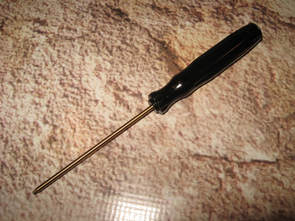 Most kit tools are junk. Keep the shock tool and four way wrench that came with the kit, but toss the evil "L" shaped Allen tools. The four way is useful for getting into tight spaces, but I would still recommend picking up a set of quality nut and Allen drivers, with an actual handle. Look for tools with replaceable tips. Occasionally you will snap a tip, it is to be expected. Common pliers, wire cutters, a sharp hobby knife, a soldering iron rated 40 Amps or above (soldering guns are not recommended), and vise grips are all that is really needed to get started, along with the driver sets. Kit BUild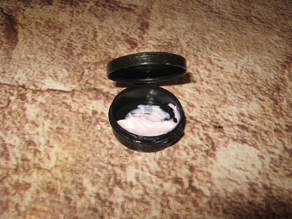 If you have never assembled a kit, ask for assistance. You should be the one to build the kit, as it allows you to learn how it is constructed, and you will be able to make repairs when needed. Most hobby shops will offer to build for a fee, but they will be just as likely to help you out if you have questions when doing it yourself. If seeking advice at a shop, buy something. I don't care if it is a bolt, or chewing gum, it is a way of showing appreciation to the shop for their help. My biggest suggestion on building is go slow and actually READ the instructions twice prior to starting. Do not "crank on it" and call it good, stripped and broken parts are more likely to fail in a race, and will cost you more to fix. Pay attention to the force you are using and that the correct hardware is being utilized for its location. I also recommend using a lubricant on all plastic screw locations for the build. White lithium grease (photo above left) is best, but clear RC differential lube can work if you have nothing else. Only a minimal amount of lube is needed on the screws and you most likely will not need it on the parts in the future. Same with thread locking compound (TLC) on screw to metal parts. Only a little is needed, and make sure you use the temporary rated TLC (normally blue), as the permanent (often red) will present a "problem" during tear down. Titanium rods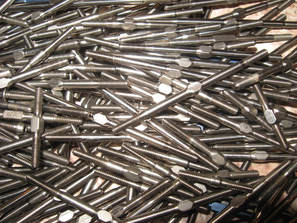 Titanium rods are a must for racing. Often kits include soft steel as a cost saving measure, these simply will not suffice even if you are the worlds best driver. You will bend or break the kit rods resulting in a Did Not Finish (DNF). Titanium is more durable and well worth the expense. Remember to "face" the rods in the same direction. Meaning all tighten or loosen when moved in the same directions, this will save time and frustration when tuning. Again, use a small amount of lube on the threads. Servo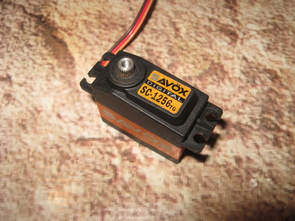 Purchase a metal geared servo, digital if you can afford it, and your other electronics are rated for one. Ask for assistance on purchasing a servo as there are different rating requirements for each class. If forced to use an inexpensive servo, look into a spring loaded servo saver. A servo saver is a "shock absorber" for the servo. Some kits have these integrated already into the steering, most racing grade kits do not. Servo savers may also not fit into all vehicles. Last, if you can fit one in, these are great investment during your learning phase. They can result in steering feeling slower, or mushy, but they can also keep you from breaking servo gears that are delicate and time consuming to repair. Once you are no longer wrecking often, the saver should be removed, or the steering servo saver nut position reevaluated. A fortune does not need to be spent on a quality servo, but this is one area where splurging is well worth the expense. SparesInvest in a full set of arms, carriers, hinge pins, and steering parts. I also recommend keeping a spare set of transmission gears, and a few differing pinion and spur gears for gearing changes. At a minimum these parts will allow you to survive a night of racing. It is not a matter of if you will break a part, but when. Even the best racers snap a part occasionally. Often fellow racers will toss a spare your way but it should never be expected. Race DayCall ahead to the track for race times, arrive early, ask for help from the owner in getting set up including motor and transponder (a device for recording laps and times) requirements. Transponders can often be loaned or rented at most race venues. Ask what to expect during and after a race, and what is expected of you. Pay attention to the race order, and turn marshal after your race. Keep your pit area clean, neat, and pick up after yourself when you leave.
After every kit build, I still consider the first race a "shakedown" to get the bugs out, and fix any defects either in set up or equipment. Expect the same. Avoid getting rushed, flustered, or angry (I know easier said than done) as these will slow you down. Do NOT expect to place or win your first few races. This is simply not realistic. Instead concentrate on not wrecking, driving clean lines, and making friends in the pits. The number one thing to improve you chance of winning, is track time. This should always be precedent. The new titanium graphite gizmo on the market is not going to save you if you turn "turtle" every lap, and the turn marshal is so tired from fetching your ride he starts to look the other way when it flips. Drive the line slow, until your not wrecking, then try to shave corners and time. As time passes you will get faster, and might even start passing others.
3 Comments
Leave a Reply. |
AuthorMichael Rogers Archives
July 2022
Categories |
The best way to search for the part you need is by the manufacturer's part number. If you do not know the part number, please visit our Archive Page, or use a common term like, "Losi XX shock tower."
All prices are in USD. Copyright © 2011-2024 Valkyrie RC Motorsports LLC. All rights reserved. All product names, logos, and brands are property of their respective owners. All wording and photos on this site are the property of Valkyrie RC Motorsports LLC, and may not be used without prior written consent..
BBB current rating is A+.
BBB current rating is A+.

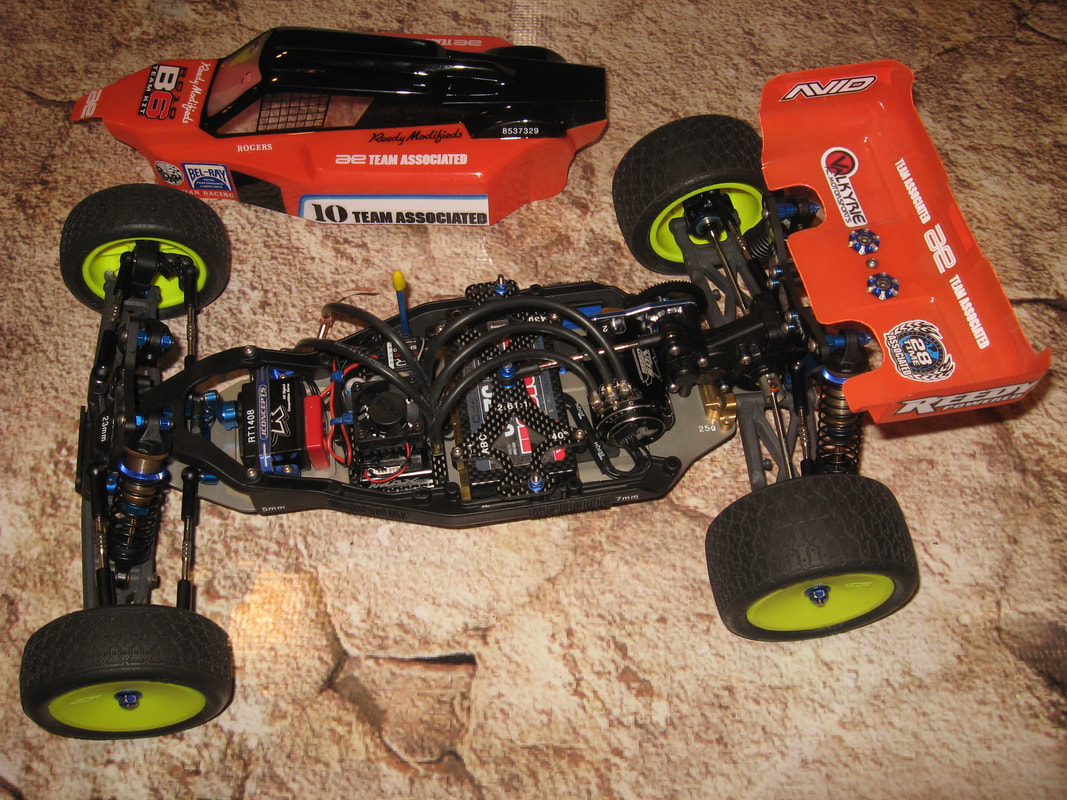
 RSS Feed
RSS Feed

